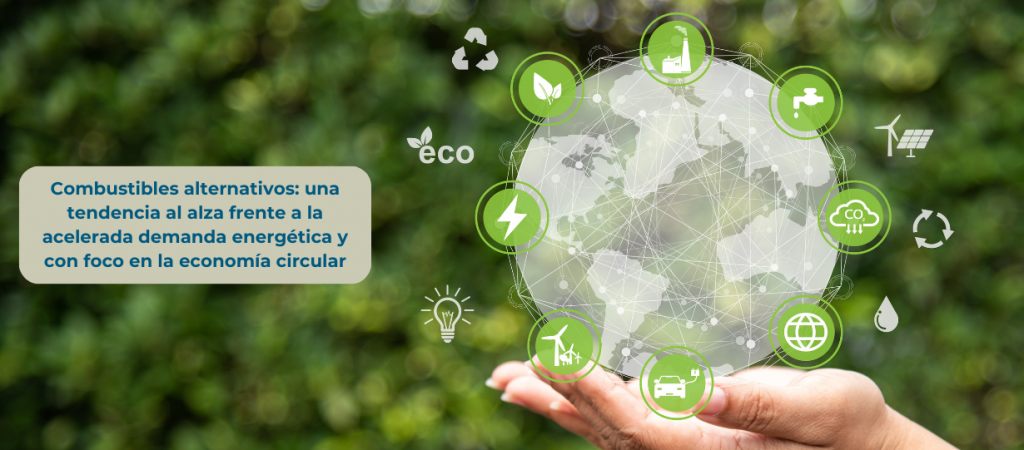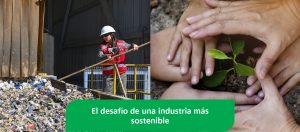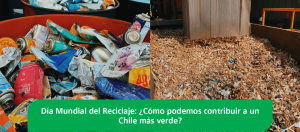
The circular economy has positioned itself by leaps and bounds as a model of production and consumption that seeks to minimize the generation of waste and thereby promote the reuse and recycling of materials.
Responding to this trend, CAL (Liquid Alternative Fuels) and CAS (Solid Alternative Fuels) have become cheaper and more sustainable energy solutions generated from waste recovery, as is the case of industrial waste produced.
To support environmental sustainability and provide sustainable solutions for the development of companies in Chile, at Hidronor we stand out for manufacturing these two types of fuels (CAL and CAS).
For the first we reuse the liquid waste discarded by the industry with a certain degree of calorific value (such as lubricating oils, solvents or paints), while for the second case the raw material we use are paper, contaminated textile waste or oil filters, among others.
A relevant fact in this regard and that favors our service is that Chile generates an annual approximate of 200 thousand tons of these RILs (Liquid Industrial Waste) with calorific value, which generates a good source of raw material for the production of these CAL. "We generate them through the treatment and co-processing of waste to finally allocate them to cement companies as a replacement for fossil fuels to be used in their kilns," points out Daniela Mancilla, business engineer for the Hidronor Downtown area.
"However, among the most ambitious challenges that we plan to develop in the medium term, we highlight the production of CAS based on solid waste with calorific value (RISes), whose process consists of grinding it up to a specific size requested by the final consumer. (cement companies), which are then used for burning in kilns as an alternative fuel, thus reducing the carbon footprint and emissions into the environment,” adds Mancilla.
Thanks to the availability of this alternative fuel, cement companies expect to reach a replacement rate of up to 40% by the year 2025, which means that the production and consumption of these alternative fuels will clearly increase progressively over the next few years.







